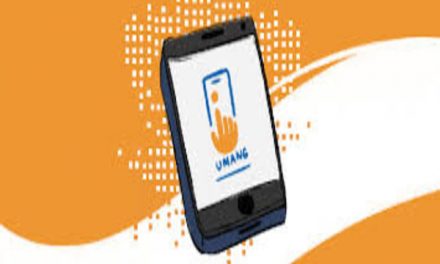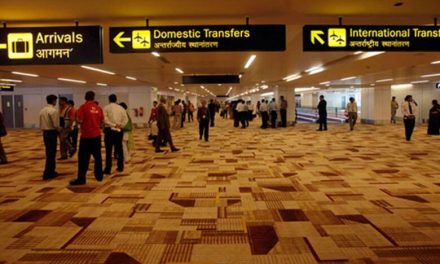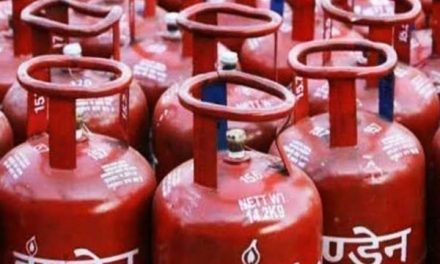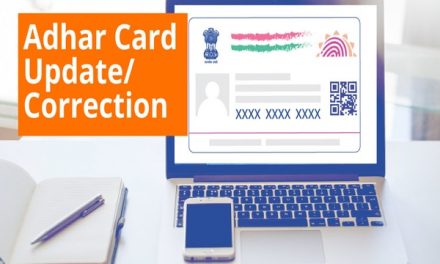In his Independence Day speech from the ramparts of the Red Fort last week, Prime Minister Narendra Modi announced the creation of a digital health ID for every Indian under the National Digital Health Mission (NDHM). The NDHM aims to create a digital ecosystem for healthcare through the creation of personal digital health IDs, unique identifiers for doctors and health facilities, and personal health records. At a later stage, there is also a plan to integrate telemedicine and e-pharmacies into this.
Here are 10 important points to understand what digital health identification is all about.
- The government has initially implemented Digital Health IDs in six union territories in the country, namely the Andaman and Nicobar Islands, Chandigarh, Dadra, and Nagar Haveli, Daman and Diu, Ladakh, Lakshadweep, and Puducherry. This means that only citizens living in these territories can generate their Health ID cards directly from the dedicated portal provided by the National Health Authority.
- To generate a new medical identification card, you must provide your Aadhaar card number or mobile phone number. The portal will ask for your basic information such as your name, date of birth, status, and gender once you have provided your Aadhaar or mobile phone number. You will also be asked to create an alias on the NDHM portal along with a password that can be used for future signing and skips the process of having the 14-digit health identification card number on hand at all times.
- In addition to the dedicated portal, public hospitals, community health centers, health, and wellness centers across India, and any other healthcare provider that is part of the National Registry of Health Infrastructure will be able to help you create your card. medical identification.
- In the case of newborns and children under 18 years of age, the parents have been provided with the ability to create a medical identification card on behalf of your children. Individuals who create digital health IDs have also provided the option to add a nominee to view and help manage their records.
- On the benefit side, the Digital Health ID will be used as one-stop access through which you can provide all of your health records to any of your doctors and health centers. It will allow the government to keep a record of your information “from admission to treatment and discharge” in the cloud. There are also plans to use health identification to offer services such as telemedicine and electronic pharmacies. Additionally, insurance companies could obtain health details of their clients directly through their digital health IDs.
- The government claims that it has created a consent-based access mechanism through which citizens can withhold certain information from health care agencies by allowing only partial consent. In addition, registered physicians and health care providers to whom citizens give their consent will be able to view available medical information. The NHDM portal is also said to encrypt the information entered before it is transmitted and received.
- Unlike Aadhaar, which does not have an option to allow people to exit the unique ID system, except for children under the age of 18, digital health IDs are available under a voluntary subscription system that also has a door to opt-out. The government has also provided an option in the initial model to allow participants to request to delete their data.
- The digital health identification system is run by the government’s National Health Authority (NHA), which is also managed by Ayushman Bharat Yojana. Therefore, people using NHA health services will soon begin to obtain digital health IDs. However, the possibility to opt-out of the new development will continue to be offered.
- At present, citizens do not have the option to create their digital health IDs to digitize their old paper records. However, the government has plans to offer an option to allow people to upload their paper records with their health IDs.
- The government will also develop a National Health Records Security Policy to handle personal health records stored under digital health IDs.











